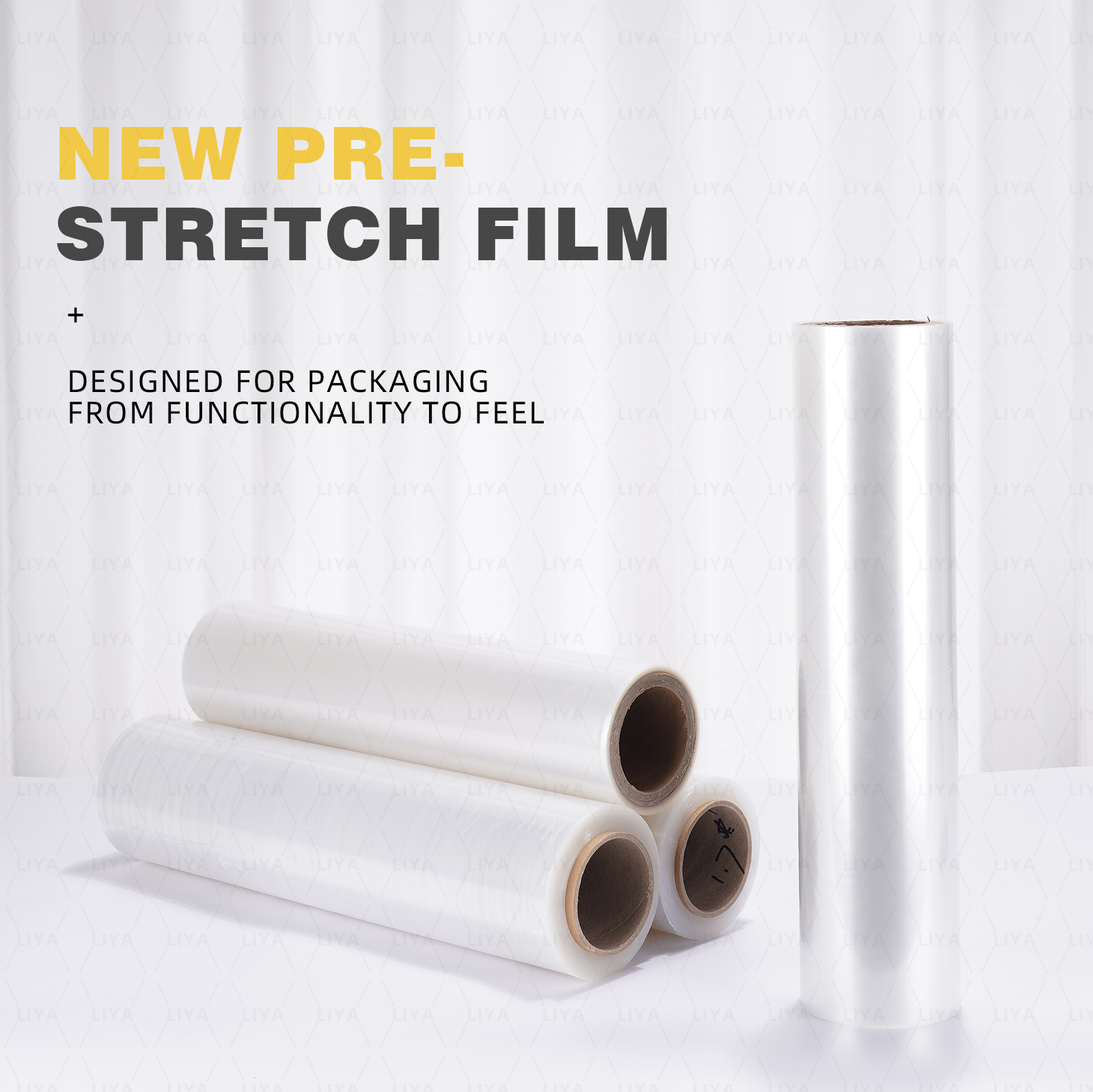Innovative Solutions for Enhanced Packaging Paper Fillers in Sustainable Materials
The Importance of Packaging Paper Filler in the Modern Industry
In a world that's increasingly focused on sustainability and efficiency, the role of packaging has expanded far beyond mere aesthetics. One of the essential components of effective packaging is paper filler, which serves as a vital protective element for a wide range of products. This article explores the importance of packaging paper filler, its types, benefits, and its growing relevance in today’s environmentally conscious market.
What is Packaging Paper Filler?
Packaging paper filler is a material used to fill empty spaces in packaging boxes. It prevents items from shifting during transit and provides cushioning to absorb impacts. By securing products in place, paper fillers help reduce the risk of damage, ensuring that goods reach their final destination in perfect condition.
Types of Packing Paper Fillers
There are various types of paper fillers available, each designed to meet different packaging needs. Some of the most common types include
1. Brown Kraft Paper This durable and recyclable option is widely used due to its strength and ability to hold considerable weight. Kraft paper can be crumpled and molded to fit the shape of any product, providing excellent cushioning.
2. Newsprint This lightweight and cost-effective option is ideal for wrapping items or filling voids in boxes. Newsprint is often used for fragile items because of its softness.
3. Shredded Paper This type of filler is made from recycled paper and is particularly eco-friendly. Shredded paper is excellent for filling voids and is commonly used for gift packaging, making it a popular choice among retailers.
packaging paper filler

4. Paper Pulp Made from recycled paper fibers, paper pulp is often molded to fit the contours of products. It is particularly beneficial for protecting fragile items and is biodegradable, making it an ideal choice for environmentally conscious businesses.
Benefits of Using Packaging Paper Filler
1. Protection The primary benefit of paper fillers is their ability to protect products. By minimizing movement during shipping, these fillers reduce the risk of breakages or damages.
2. Cost-Effectiveness Compared to other cushioning materials, paper fillers are often more affordable. They are lightweight, which helps in reducing shipping costs.
3. Eco-Friendliness As industries move towards sustainable practices, paper fillers made from recycled materials present a green alternative to plastic fillers, which often take centuries to decompose.
4. Versatility Paper fillers can be customized to suit various packaging needs. They can be easily cut, torn, or crumpled to fit different shapes and sizes of products.
5. Aesthetic Appeal In gift packaging, paper fillers can enhance the presentation. A well-packed gift with crumpled, colored paper filler can add a charming touch, making the unboxing experience enjoyable.
Conclusion
The significance of packaging paper filler in the modern industry cannot be overstated. As businesses strive to find the balance between protection, cost, and sustainability, paper fillers emerge as a reliable choice. Their ability to cushion products, combined with an eco-friendly profile, reflects a growing trend toward responsible packaging solutions. As consumers become increasingly aware of environmental issues, the demand for sustainable packaging materials, including paper fillers, is expected to rise. This shift not only supports the planet but also enhances the overall consumer experience by ensuring that products arrive safely and beautifully packaged. In embracing such sustainable practices, industries can make a positive impact, aligning with the values of today’s environmentally conscious consumers.
-
Unlock Freshness with Premium Food Wrap RollNewsJun.04,2025
-
Smart Shipping Starts with the Right Mailing BagNewsJun.04,2025
-
Shine and Protect with OPP Bag PackageNewsJun.04,2025
-
Revolutionize Retail Packaging with T Shirt BagsNewsJun.04,2025
-
Elevate Waste Management with the Right Trash BagNewsJun.04,2025
-
Deliver Smarter with High-Quality Bubble MailerNewsJun.04,2025
-
Have the freedom of customizing your custom mailers any way you want! Our dedicated packaging support will help deliver you the mailing experience you need to elevate your shipping experience to the next level! Start making a strong impression on your customers and stand out from your competitors! -
LIYA uses high quality raw materials which directly purchased from large enterprises domestic and overseas such as PetroChina, Sinopec, Sabic, Equate, ExxonMobil, Dow Chemical, Total, and Borouge, ensuring the price advantage and quality of the raw materials. -
LIYA uses high quality raw materials which directly purchased from large enterprises domestic and overseas such as PetroChina, Sinopec, Sabic, Equate, ExxonMobil, Dow Chemical, Total, and Borouge, ensuring the price advantage and quality of the raw materials.





